With every Google search, every purchase and every digital interaction, more and more data is produced; in fact 90% of all the data in the world was generated in the last two years alone. With information streaming in from a wide range of sources such as websites, mobile apps, portals, social media channels and many more, organizations are drowning with volumes of data. Even if you are not a data analyst, understanding the common data analysis techniques for enterprises is crucial for converting data into actionable insights.
Six Useful Data Analysis Techniques
1. Regression Analysis: Regression models measure the relationship between a dependent variable (what you want to measure) and an independent variable (the data that is used to predict the dependent variable). For example, to estimate the growth in computer sales (the dependent variable) based on economic growth (the independent variable), regression testing can be used to depict the relationship between the two variables.
Advantages: Regression analysis is a useful method for making predictions and forecasting future trends. In addition to forecasting future outcomes, regression analysis is also helpful in understanding past phenomenon. For instance, a manager might use regression analysis to help determine why customer service calls dropped last month. Arguably one of the most popular techniques, regression analysis has become an indispensable tool for many data and business analysts.
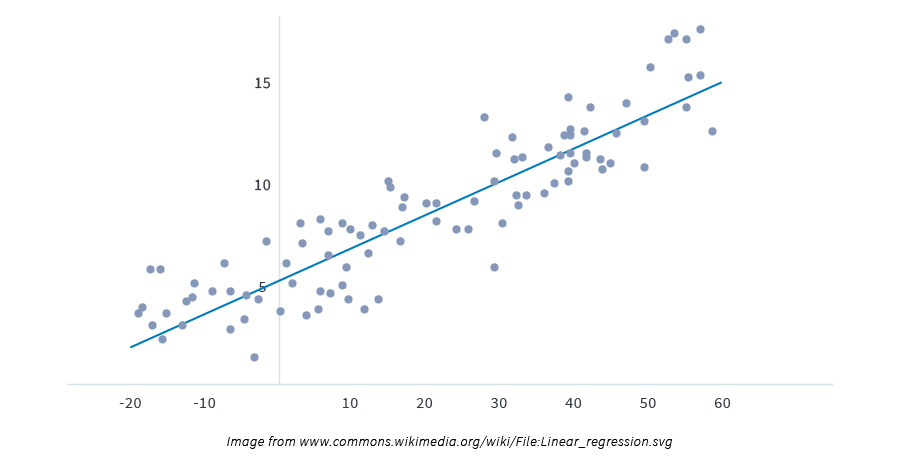
2. Monte Carlo Simulation: Monte Carlo simulations are also known as probability simulations, a technique that is used to understand the impact of risk or uncertainty. A random value is selected for each of the tasks based on estimations and the model is calculated hundreds or thousands of times, each time using a different randomly selected value. When the simulation is complete, the large number of results are used to describe the likelihood of reaching a certain result in the model.
Advantages: This approach can be used to tackle a range of problems in almost every field, such as finance, supply chain or science. Since business and finance are often affected by random variables, Monte Carlo simulations can help understand the impact of the intervention of those unknown variables.
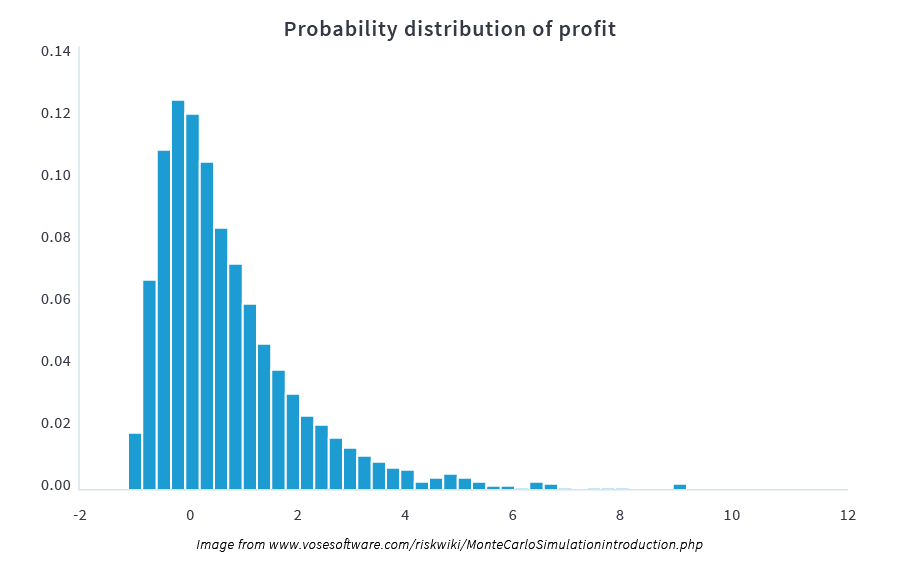
3. Correlation Analysis: Correlation is a statistical measure that indicates the extent to which two variables are related to each other. A positive correlation reveals the extent to which those other variables increase or decrease together in parallel. A negative correlation reveals the extent to which one variable increases while the other decreases.
Advantages: Determining correlation is favorable when you know or suspect that there is a relationship between two variables and you would like to test your assumption, possibly after performing your regression analysis. Correlations can be used to identify efficiencies that can save money. If employee performance improves with the implementation of a bonus, the correlation of that behavior can signal that a small bonus will skyrocket production improvement.
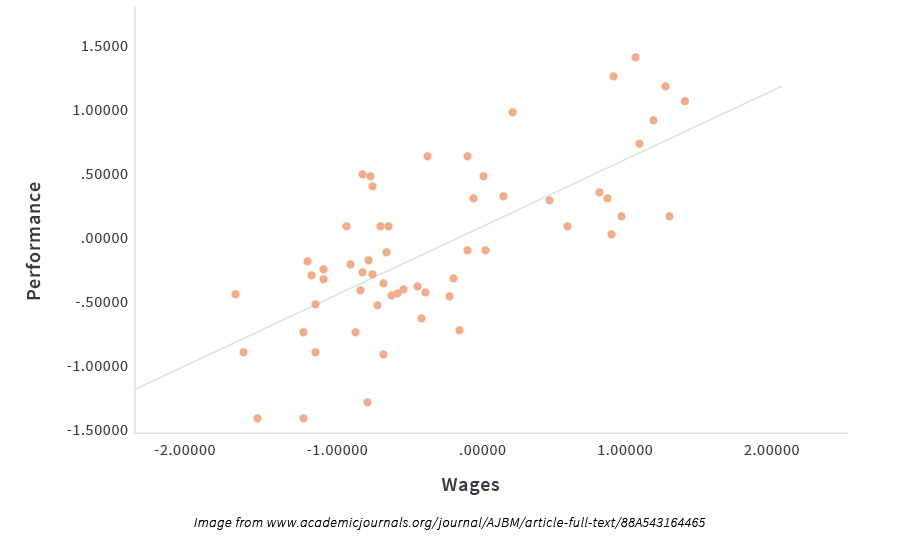
4. Data Mining: Data mining is the process of finding anomalies, patterns and correlations within large data sets to predict outcomes, essentially turning raw data into useful information. Grocery stores are well-known users of data mining. They offer free loyalty cards to customers and with the data tracked through the card, the grocery stores are able to pinpoint what items people are buying and at what price. With that data collected, they offer targeted promotions at popular items that will further boost store sales.
Advantages: With enterprises that have a lot of data, data mining can be an integral tool in deciphering complex data sets to uncover relevant insights more quickly. This data can then be used to make effective executive decisions.
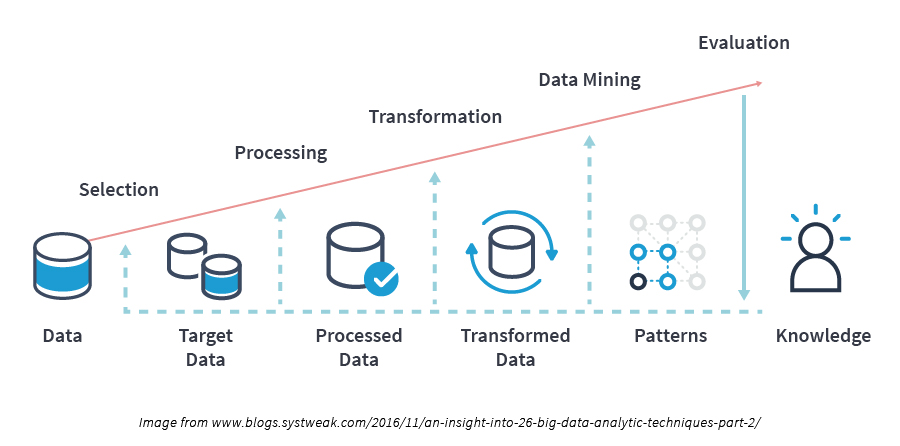
5. Cohort Analysis: A cohort is a group of people who share a common characteristic over a certain period of time. Therefore, a cohort analysis studies the behavior of a certain group over time. Performing a cohort analysis can allow you to find the highest-performing cohort and what factors are contributing to their high performance.
Advantages: This technique is especially advantageous if you want to know more about the behavior of a group of stakeholders, such as customers, or compare two or more cohorts together. Examining how cohorts respond to website redesigns, mobile apps and digital services can greatly improve user experience.
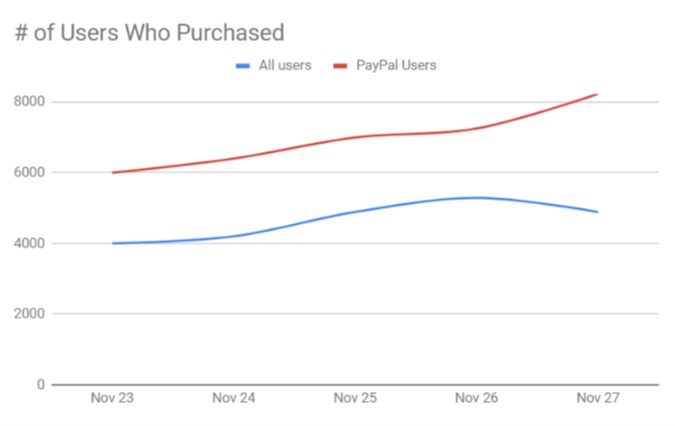
6. Linear Programming: This approach is also known as linear optimization and it seeks to identify the best outcome based on a set of constraints or limitations. Linear programming depicts complex relationships through linear functions to then find the optimal points. Models can solve problems involving maximizing or minimizing conditions, such as maximizing profit while minimizing costs.
Advantages: Linear programming is able to pinpoint the best combination of resources or maximum profit given certain limitations, such as time, raw materials, etc. This technique can be used in various applications, such as analyzing supply chain operations and optimizing shelf space.
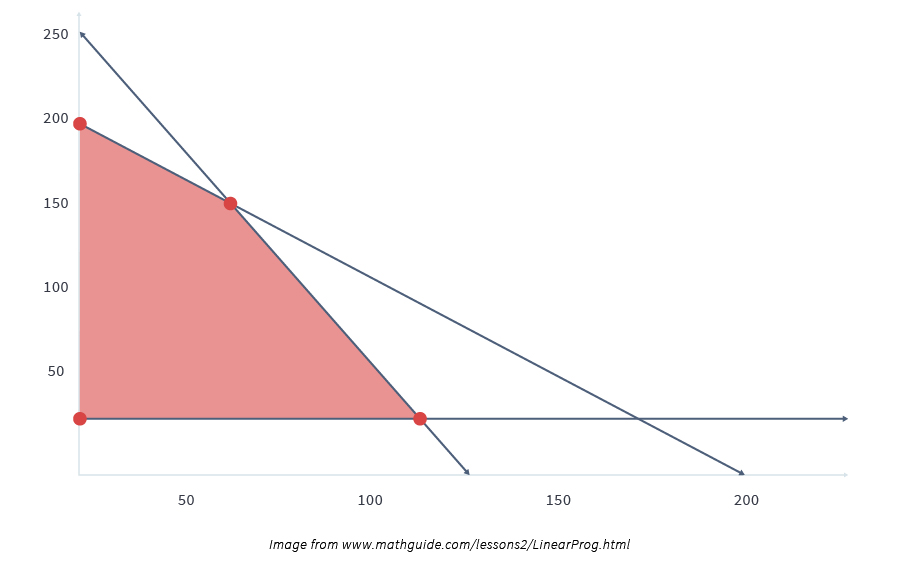
The Power of Data
The data collected is only as useful as the analysis that can be drawn out from it. Understanding how to convert raw data into knowledge is the key to making better business decisions. Effective data analytics software will leverage these key data analysis techniques and many more to help your business understand data and pave the way for success.
See how you can build a solution fit for your needs
Diamond Bar, CA 91765
USA
+1-877-LIFERAY